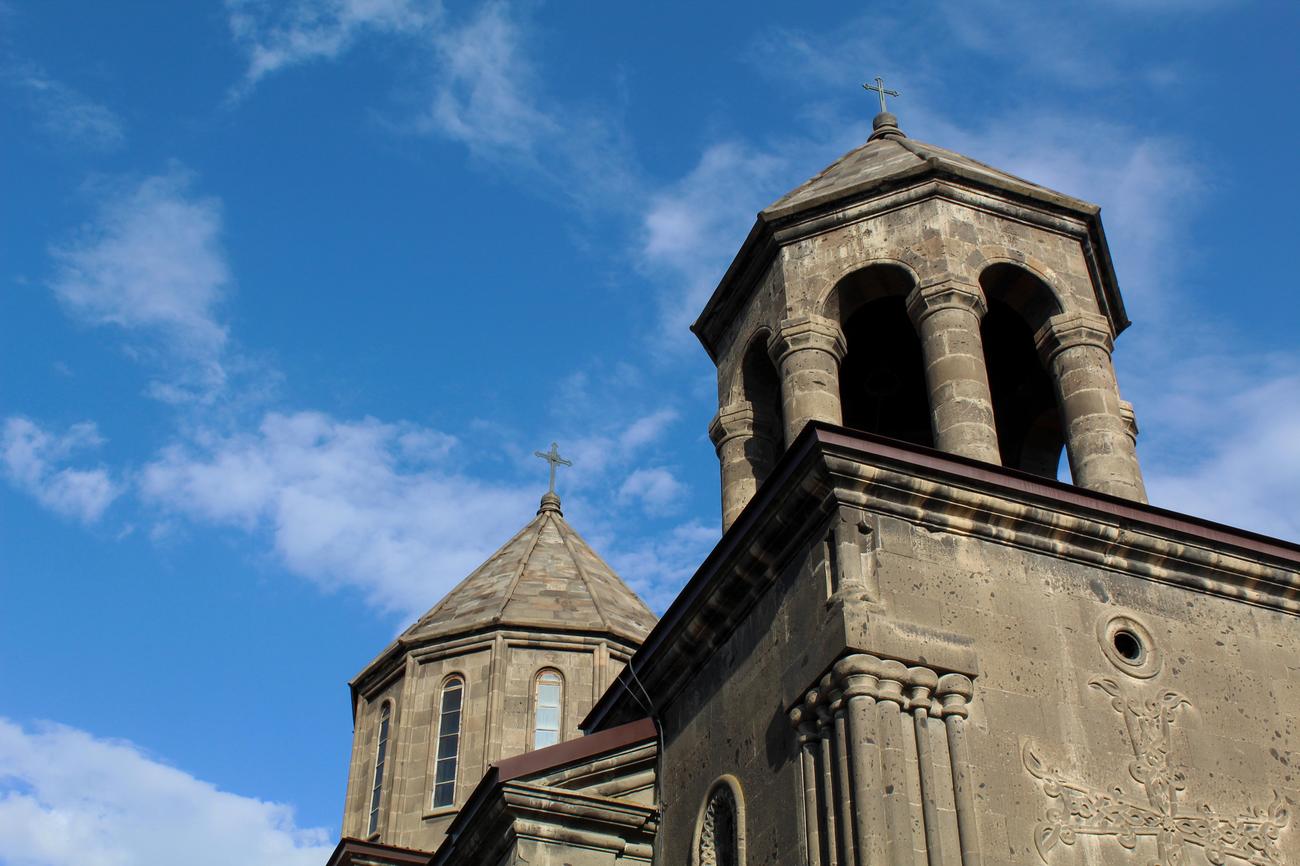Are you ready to embark on a captivating journey into the mystic allure of ancient civilizations? Brace yourself for a whirlwind exploration of the secrets hidden within the magnificent Armenian churches. In this article, we will unravel the astonishing and awe-inspiring facts about these architectural marvels that have stood the test of time. Prepare to be transported through centuries of rich history, as we delve into the cultural significance and breathtaking beauty of the Armenian churches. Join me in this fascinating exploration as we unveil the secrets that lie within these sacred edifices.

Amazing Facts About Armenian Churches
Armenian churches hold a wealth of fascinating secrets that tell the story of a rich and ancient civilization. From the earliest basilicas to the iconic cupola cones, Armenian churches are a testament to the enduring spirit of the Armenian people and their deep-rooted connection to Christianity. Let’s dive into the remarkable history, architectural wonders, and cultural significance of these awe-inspiring structures.
1. Birthplace of Christianity: First Country to Adopt
Armenia holds the incredible distinction of being the first country to adopt Christianity as its state religion in 300 CE. This pivotal moment in history occurred when St. Gregory the Illuminator converted the Arsacid king Tiridates III to Christianity. This profound decision laid the foundation for the Armenian Apostolic Church, which remains the national church of the Armenian people to this day.
“Armenia’s role as the torchbearer of Christianity makes its churches even more significant, as they stand as living witnesses of this momentous event in religious history.”
2. Timeless Architecture: From Simple Basilicas to Cupola Cones
The early Armenian churches, dating back to the 4th and 7th centuries, primarily took the form of simple basilicas with rectangular plans and side apses. As time progressed and architectural techniques evolved, the iconic cupola cone emerged as a widely utilized design element in Armenian churches by the 5th century. These cone-shaped domes, often adorned with intricate carvings and decorative details, became a hallmark of Armenian ecclesiastical architecture.
“The evolving architectural styles of Armenian churches provide a glimpse into the ingenuity and creativity of the craftsmen who designed and built these majestic structures.”
3. Captivating Carvings: Symbolism and Storytelling
Armenian churches are adorned with mesmerizing carvings, each bearing profound symbolism and tales of religious significance. Intricate stone reliefs, khachkars (cross-stones), and ornate details narrate episodes from the Bible, depict scenes from the lives of saints, and showcase the rich cultural heritage of Armenia. The carvings serve as a visual medium that transcends language, transporting visitors to a realm where the divine and human stories intertwine.
“The carvings adorning Armenian churches are like ancient storytellers, whispering the tales of faith, history, and art to anyone who cares to listen.”
4. Sacred Symbolism: Khachkars as Spiritual Connections
One of the most unique features of Armenian churches is the khachkar, a cross-stone intricately carved with Christian symbols. These magnificent works of art hold immense cultural and religious significance, acting as a spiritual link between the earthly realm and the divine. Each khachkar is a testament to the devotion and artistic talent of skilled craftsmen who meticulously carve intricate patterns, crosses, and biblical scenes into the stone.
“Khachkars stand as powerful reminders of the deep spirituality and artistic legacy that is woven into the fabric of Armenian culture.”
5. Preservation and UNESCO Recognition
Preserving Armenian churches and their remarkable heritage has become a mission of utmost importance. Recognizing their cultural and historical significance, UNESCO has designated several Armenian churches as World Heritage Sites. This international recognition serves as a testament to the global value placed upon these architectural marvels and reinforces the need for their continued protection and appreciation.
“The UNESCO recognition of Armenian churches is a testament to the universal significance of these architectural wonders, safeguarding them for future generations to marvel at and learn from.”
In Conclusion
Armenian churches stand as living witnesses to centuries of history, faith, and artistic brilliance. These architectural gems hold amazing secrets that unlock stories of devotion, cultural heritage, and the enduring impact of the birthplace of Christianity. Through their timeless beauty, unique design elements, and intricate carvings, Armenian churches serve as a testament to the indomitable spirit of a people who have left an indelible mark on the world.
So, next time you walk through the hallowed halls of an Armenian church, take a moment to appreciate the amazing feats of architecture and the captivating stories that lie within their ancient walls.
“Armenian churches are not just places of worship, but living embodiments of a rich and awe-inspiring cultural heritage that deserves to be discovered and celebrated by all.”
The Armenian Church is a treasure trove of fascinating history, architecture, and traditions. If you’re curious about the rich heritage of this religious institution, look no further! We’ve compiled a list of incredible facts about the Armenian Church that will leave you awestruck.
Did you know that the Armenian Church is one of the oldest Christian denominations in the world, tracing its origins back to the early 4th century? Explore these captivating facts and delve into the deep-rooted spirituality that has shaped Armenian culture for centuries.
Uncover remarkable stories about the Armenian Church’s role in the spread of Christianity, its unique architectural style featuring stunning cross stones, and the mesmerizing rituals that take place within its hallowed walls. Gain insight into the sacred traditions that have been meticulously preserved and passed down through generations.
Ready to embark on a journey of discovery? Click here to explore the captivating facts about the Armenian Church and deepen your understanding of this extraordinary spiritual institution.
Click here to discover fascinating facts about the Armenian Church
FAQ
Q: When did Armenia adopt Christianity as its national religion?
A: Armenia became the first country to adopt Christianity in 300 CE.
Q: Who converted the Arsacid king Tiridates III to Christianity?
A: St. Gregory the Illuminator converted the Arsacid king Tiridates III to Christianity.
Q: When were the first Armenian churches built?
A: The first Armenian churches were built between the 4th and 7th century.
Q: What was the architectural style of the early Armenian churches?
A: The early Armenian churches were mostly simple basilicas, but some had side apses.
Q: When did the typical cupola cone become widely used in Armenian churches?
A: By the 5th century, the typical cupola cone in the center became widely used in Armenian churches.
- Unlocking Francis Alexander Shields’ Finance Empire: A Comprehensive Biography - July 12, 2025
- Unveiling Francis Alexander Shields: A Business Legacy - July 12, 2025
- Francis Alexander Shields’ Business Career: A Comprehensive Overview - July 12, 2025















